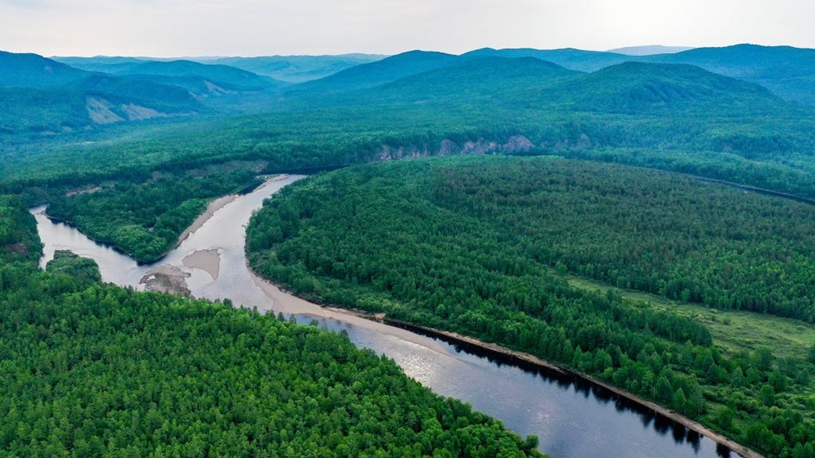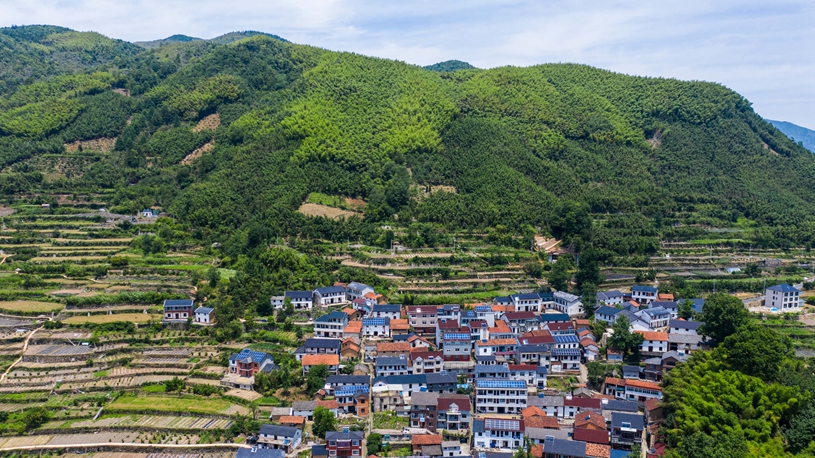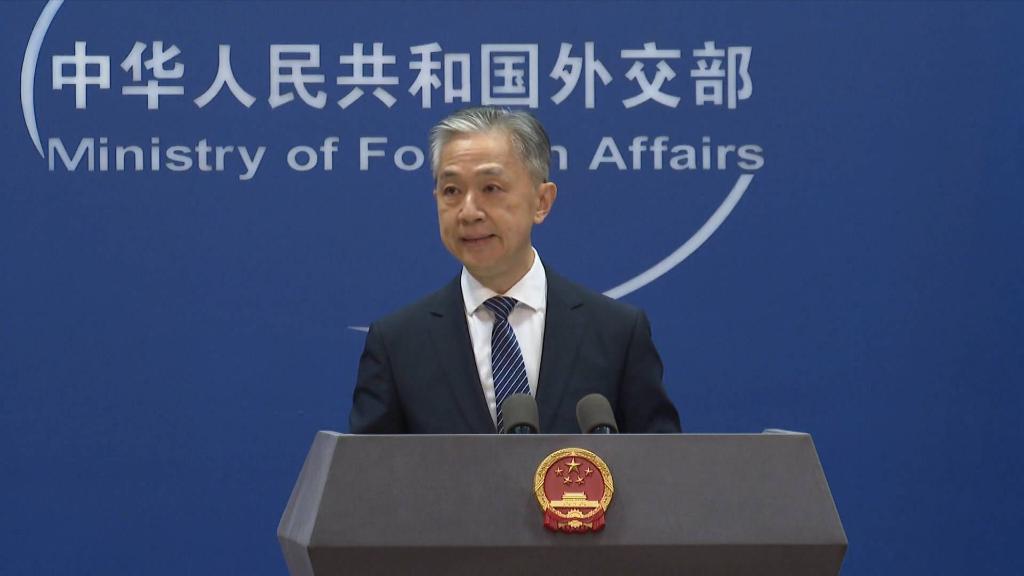 Photo taken on March 18, 2022 shows a carbon emission supervision platform in Xiong'an New Area, north China's Hebei Province. (Xinhua/Zhu Xudong)
Photo taken on March 18, 2022 shows a carbon emission supervision platform in Xiong'an New Area, north China's Hebei Province. (Xinhua/Zhu Xudong)
BEIJING, June 15 (Xinhua) -- China has mapped out a strategic plan to enhance its climate resilience, putting emphasis on both adaptation and mitigation in the face of global climate change.
The country will seek to build a climate-resilient society by 2035, with significant improvements in its ability to adapt to climate change, according to the national climate change adaptation strategy 2035 jointly released by 17 departments including the Ministry of Ecology and Environment (MEE).
"Adaptation and mitigation are two major strategies for tackling climate change," wrote an article co-authored by head of the National Center for Climate Change Strategy and International Cooperation Xu Huaqing and the center's researcher Zhou Zeyu on the MEE website.
"Mitigation highlights cutting down emission of greenhouse gas and increasing carbon sink, while adaptation underscores prevention and reduction of the impact and risks of climate change," the article noted, adding that the two are complementary and indispensable.
ENHANCE ADAPTATION
As the global climate further warms, the long-term adverse effects and extreme weather events brought about by climate change will pose an increasingly serious threat to China's economic development, per the article.
Data showed that average annual direct economic losses incurred by extreme weather events reach about 300 billion yuan (about 44.5 billion U.S. dollars) in China.
China first issued a national climate change adaptation strategy in 2013, and for the first time, made climate change adaptation a national strategy.
The newly-released plan has set up a new chapter on improving climate change monitoring and early warning and risk management.
It also divided the key areas into natural ecology and economy and society, and specified finance, energy, tourism, transport and other sectors as susceptible industries to climate change to improve their adaptation, the article said.
BALANCE MITIGATION, ADAPTATION
"Balancing mitigation and adaptation is one of significant subjects in current global climate governance," the article said.
Developing countries have called for more attention and support for adaptation as they are more vulnerable to the fallout of climate change. On the other hand, developed countries focus more on mitigation as they demand their developing counterparts undertake a larger responsibility in emission reduction. Meanwhile, they also shy away from responsibility of providing adequate funds and technology to the cause, according to the article.
"China has always put equal priorities on mitigation and adaptation," the article wrote.
The country has announced the goals of striving to peak carbon dioxide emissions by 2030 and achieve carbon neutrality by 2060, and aligned its strength with pro-ecology and low-carbon efforts to fast-track the pursuit of its carbon goals.
In terms of adaptation endeavors, China initiated the Global Commission on Adaptation along with other countries, and offered free supplies helping developing countries to adapt to climate change through the framework of South-South cooperation. ■












